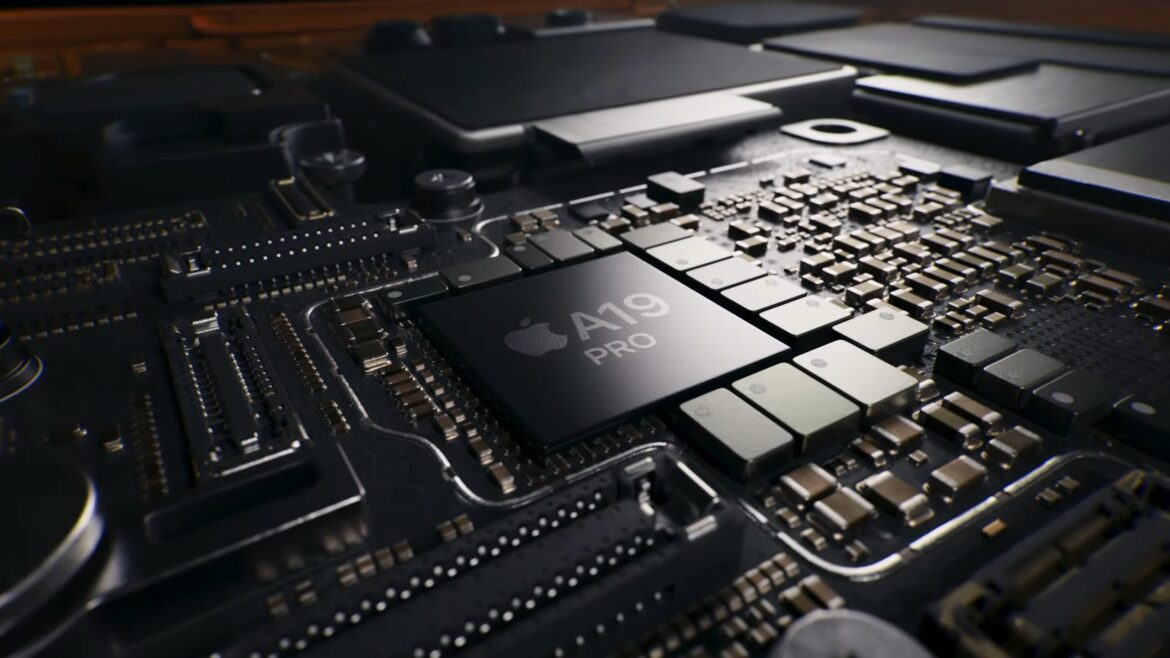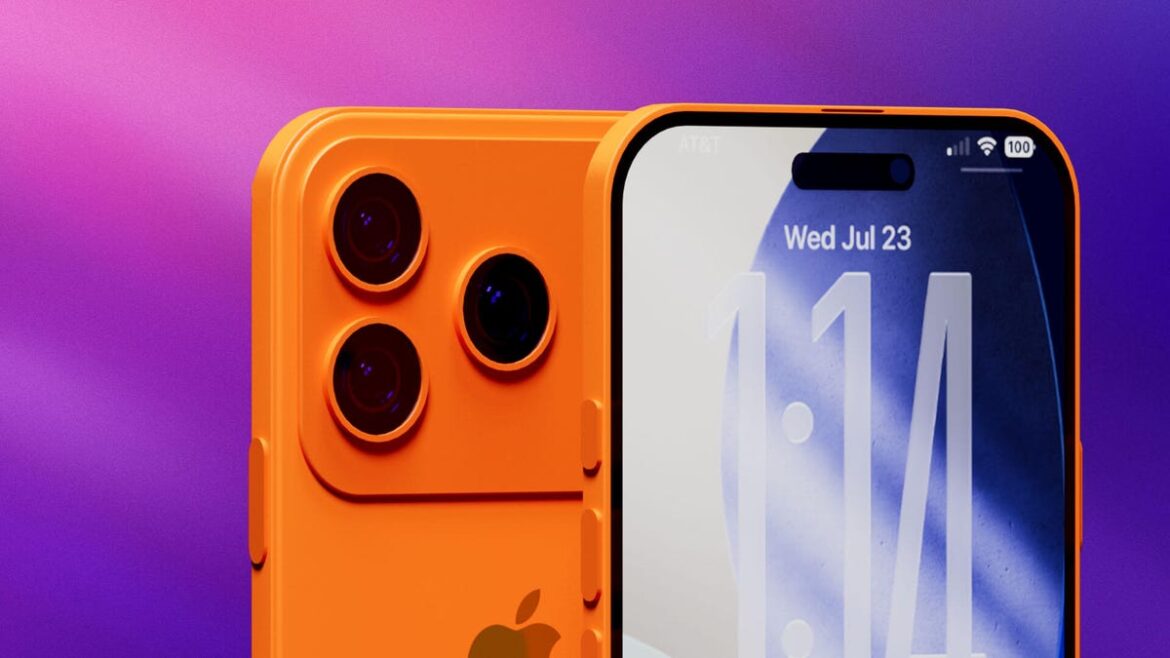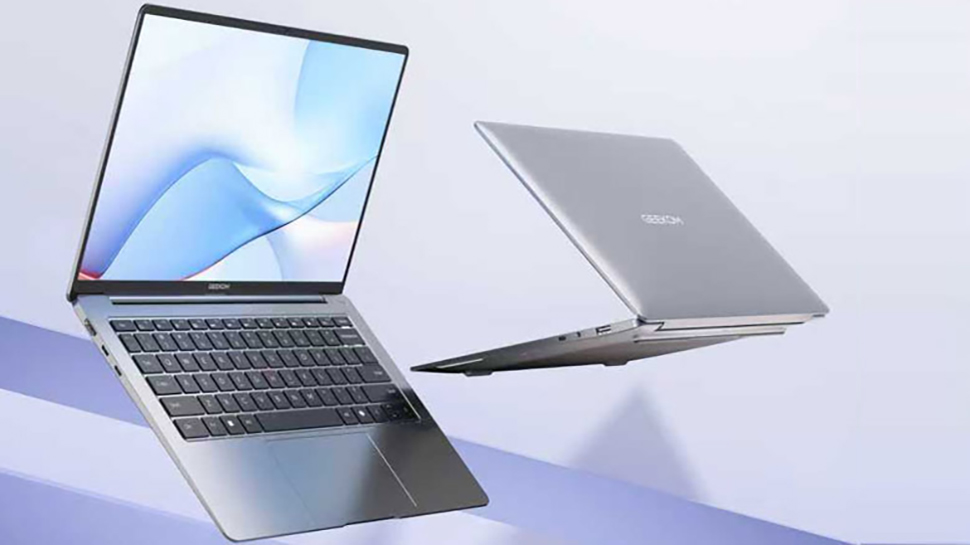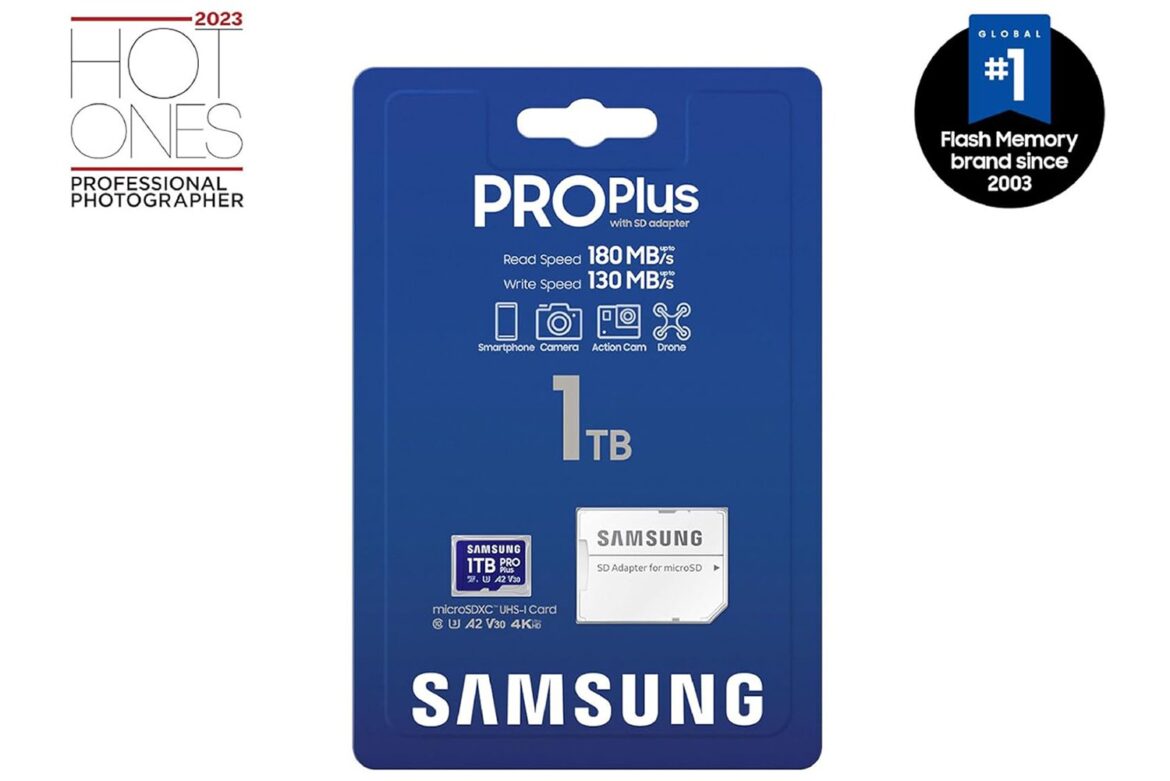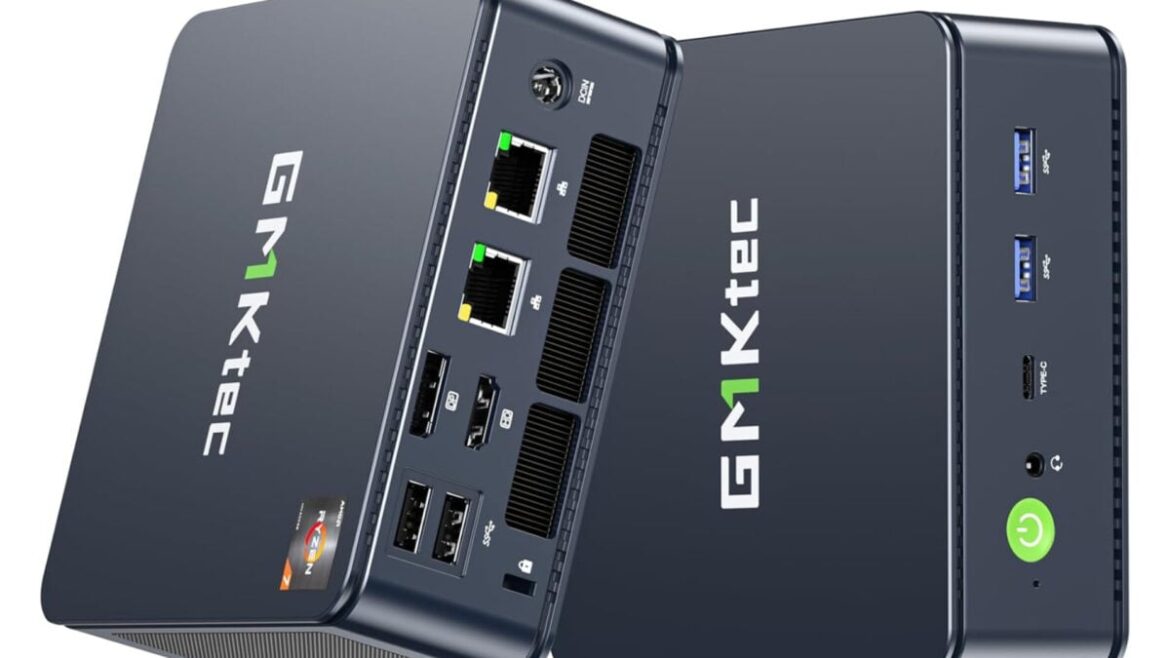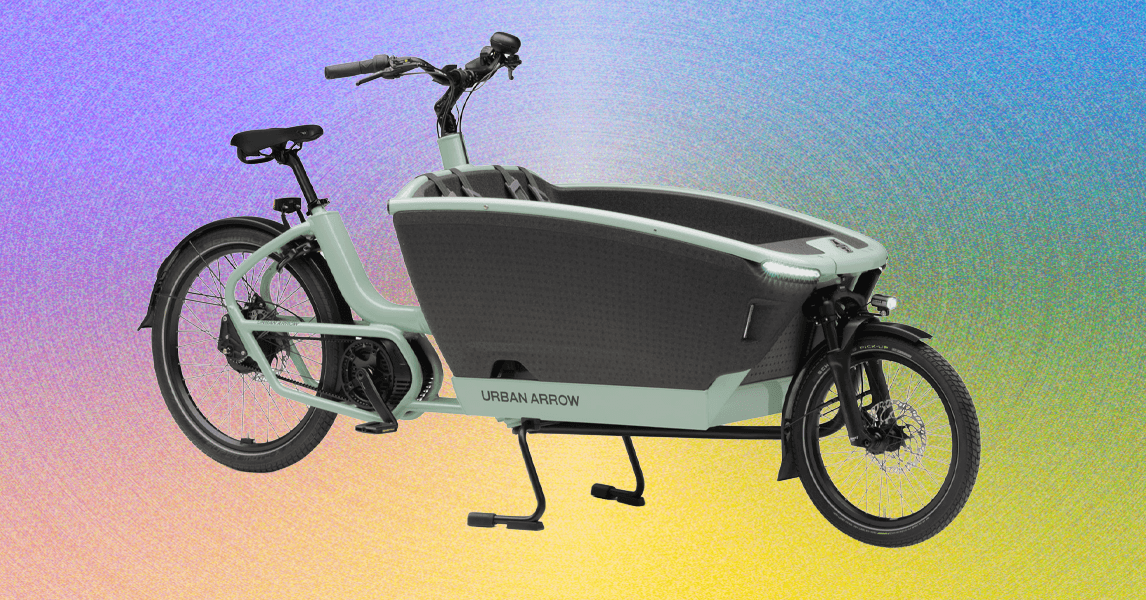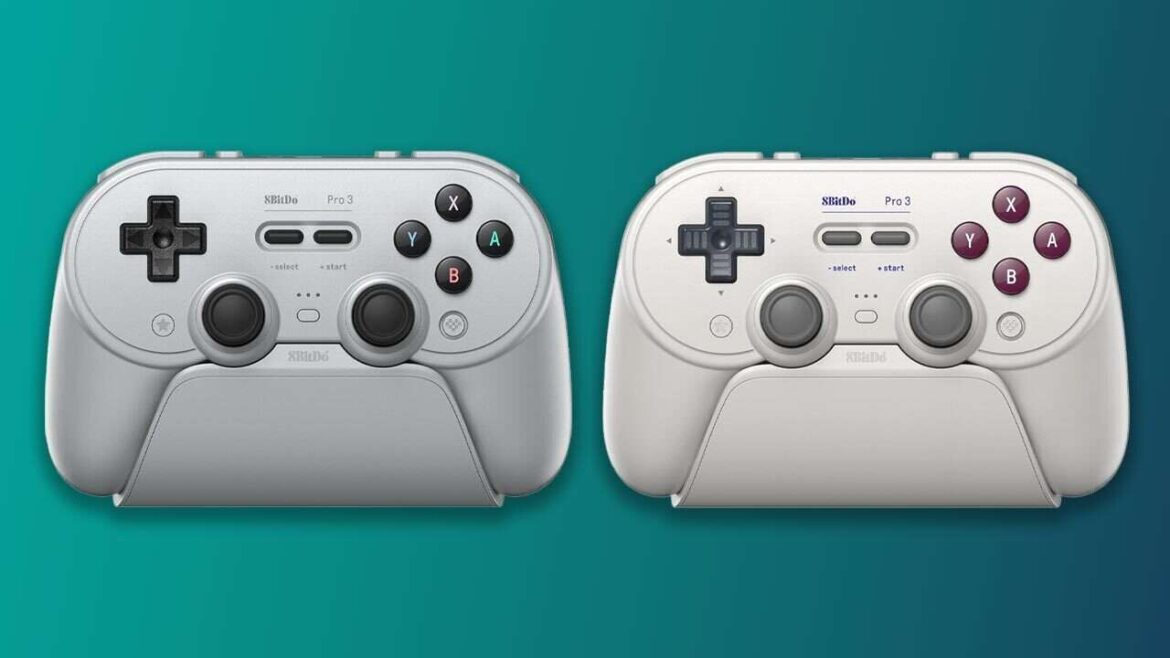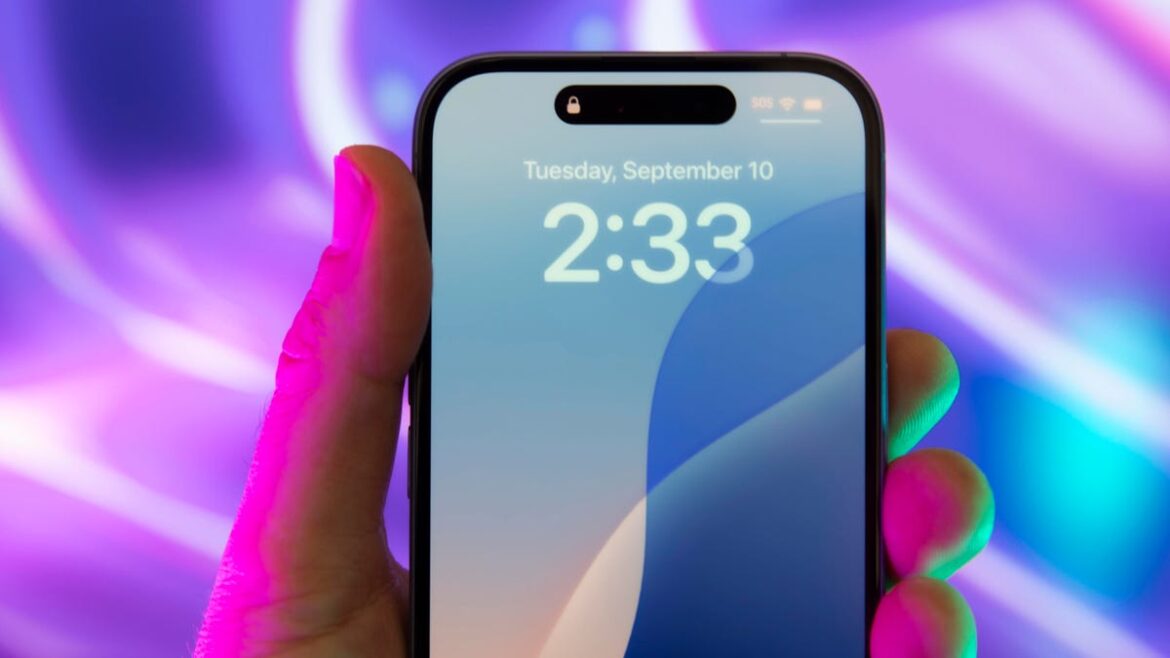Apple announced a suite of four new iPhones today, and with them, new processors to power the devices. Additionally, the company also has new networking and cellular chips.
The phones include the iPhone 17, iPhone Air (a new 5.6-mm thin design), iPhone 17 Pro, and iPhone 17 Pro Max.
The base iPhone 17 will be powered by the A19 system on a chip, while the rest of the lineup relies on the more powerful A19 Pro. These chips are likely built on TSMC’s latest N3P process node, which is also expected to be used for Apple’s upcoming M5 chips for iPads and Macs.
A19
Image 1 of 4
(Image credit: Apple)(Image credit: Apple)(Image credit: Apple)(Image credit: Apple)
The A19 boasts six CPU cores and five GPU cores. The processor has four efficiency cores and two performance cores, while the GPU continues advancements in hardware-accelerated ray tracing, mesh shading, and MetalFX upscaling.
A19 Pro
Image 1 of 3
(Image credit: Apple)(Image credit: Apple)(Image credit: Apple)
The A19 Pro will power the new iPhone Air alongside the iPhone 17 Pro line. Like the A19, its six-core CPU utilizes two performance and four efficiency cores. The performance cores have better branch prediction and increased front-end bandwidth, while the new efficiency cores have a 50% increase in last-level cache.
You may like
On the iPhone Air, there’s a five-core GPU with the second generation of Apple’s Dynamic Caching, with faster floating point math and better image compression. Each GPU core has its own Neural Accelerators, which Apple claimed allows for MacBook Pro-level performance in an iPhone.
The iPhone 17 Pro and Pro Max get a more powerful 6-core GPU. Apple is promising a 40% increase in sustained performance over the previous generation.
(Image credit: Apple)
On the iPhone 17 Pro and Pro Max, the chip will be cooled by a new thermal system in a unibody design. This should help disperse heat and avoid the problems that iPhone 15 Pro users remember from launch in 2023.
The thermal system utilizes a vapor chamber filled with deionized water, which directs heat throughout the system. Apple says the aluminum unibody is 20 times better at cooling than the titanium used in the iPhone 15 Pro and iPhone 16 Pro. Unsurprisingly, Apple didn’t compare the A19 Pro in the iPhone Air to the version in the 17 Pro and Pro Max, which have the vapor chamber and additional GPU core.
N1 and C1X
Image 1 of 3
(Image credit: Apple)(Image credit: Apple)(Image credit: Apple)
Apple is continuing its expansion into all of the chips in its phones. On the iPhone Air, Apple has built its own networking chip, N1. This chip will allow for Wi-Fi 7, Bluetooth connections, and Thread. The new N1 chip is found on all of Apple’s latest iPhones.
Complementing the iPhone Air’s new A19 Pro is a new Apple-designed N1 chip. This chip takes over wireless duties, including Wi-Fi 7, Bluetooth 6, and Thread support. Apple states that this integrated chip design will yield performance and efficiency benefits for functions such as AirDrop and Personal Hotspot.
Apple also announced an update to its in-house C1 modem, which was first introduced with the iPhone 16e. The new C1X modem promises up to a 2x boost in performance, but it still doesn’t include high-bandwidth, high-capacity mmWave technology. The iPhone 17 and iPhone 17 Pro models still feature Qualcomm 5G modems, so they retain mmWave support. Apple also boasts of an improvement in efficiency with the C1X.
iPhone 17, iPhone Air, iPhone 17 Pro pricing and availability
(Image credit: Apple)
All of the iPhones will see pre-orders on Friday, with availability beginning on September 19. The iPhone 17 will start at $799, while the iPhone Air will begin at $999. The iPhone 17 Pro and Pro Max will start at $1,099 and $1,199, respectively. All of the phones will start with 256GB of storage. For the first time, the 17 Pro Max will also offer a 2TB option.
In addition to the iPhones, Apple today also announced the AirPods Pro 3, Apple Watch Series 11, Apple Watch SE 3, And Apple Watch Ultra 3.
Image 1 of 3
(Image credit: Apple)(Image credit: Apple)(Image credit: Apple)

